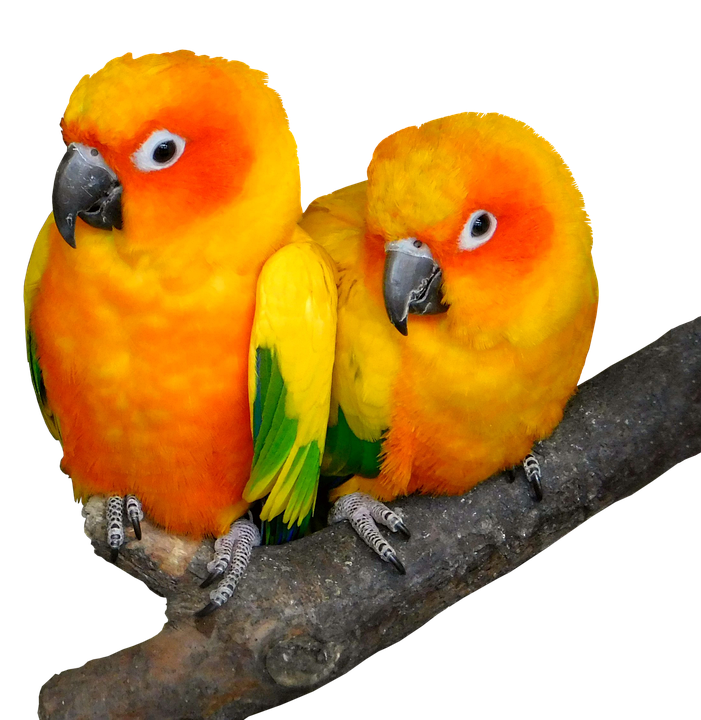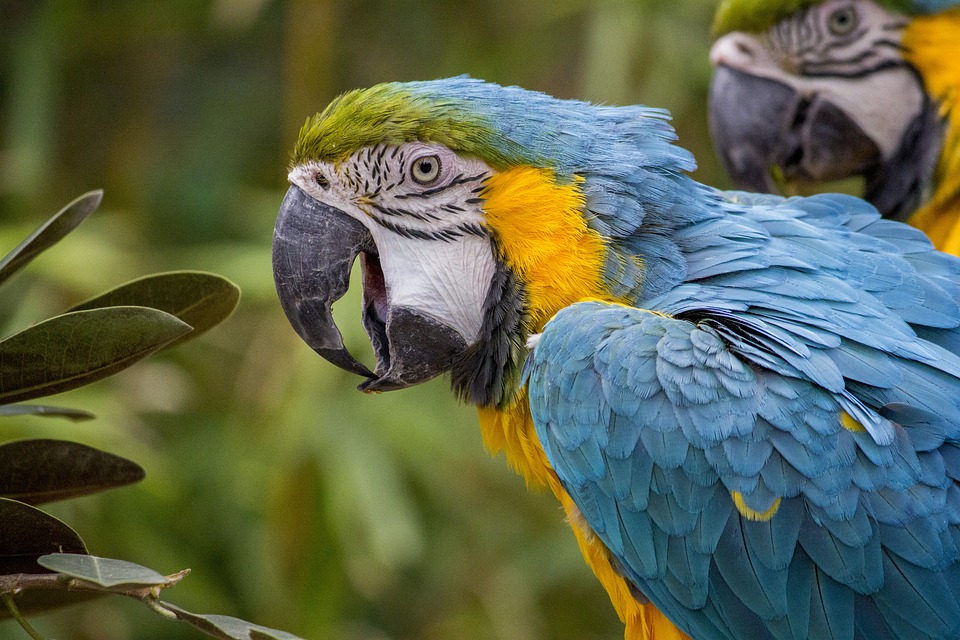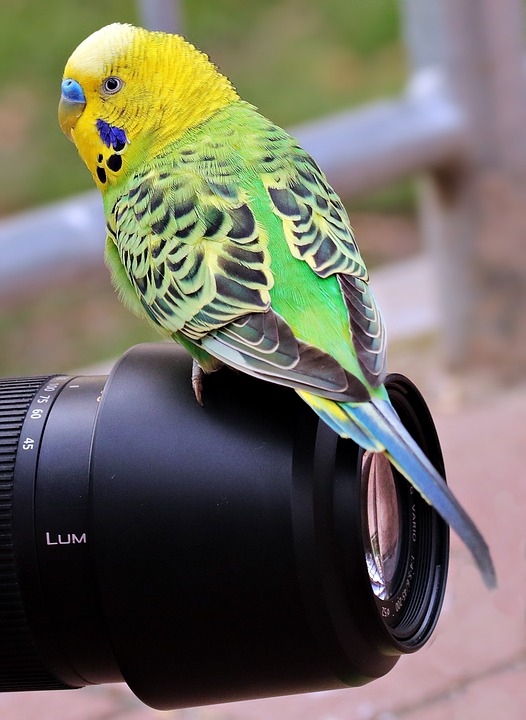**Unlocking the Potential of Older Parrots through Positive Reinforcement**
As parrot owners, we understand the importance of maintaining a strong bond with our feathered companions. Training not only enriches their lives but also strengthens the bond we share. Many parrot enthusiasts believe that training is only for young birds, but this couldn’t be further from the truth. Older parrots can also benefit greatly from training, provided we use the right methods to motivate them. In this article, we’ll explore the power of positive reinforcement and how it can be effectively applied to train older parrots.
**Why Positive Reinforcement is Essential for Training Older Parrots**
Parrots, like humans, respond best to positive reinforcement. It helps them associate behaviors with rewards, making them more likely to repeat those behaviors. Positive reinforcement creates a positive learning environment, builds trust, and fosters a strong bond between you and your parrot. When it comes to older parrots, positive reinforcement becomes even more crucial as it helps spark their motivation to learn and engage with you.
**Step-by-Step Guide to Using Positive Reinforcement with Older Parrots**
1. **Understanding Your Parrot’s Motivators**: Each parrot has unique preferences and motivators. Before starting training, spend time observing your parrot and identifying what they find rewarding. It could be a specific treat, a favorite toy, or even praise and attention from you.
2. **Start with Simple Commands**: Begin training with basic commands that your parrot is already familiar with, such as “step up” or “wave.” This allows them to experience early success, boosting their confidence and motivation to learn more.
3. **Reward Immediately**: Timing is everything when it comes to positive reinforcement. Ensure you reward your parrot immediately after they perform the desired behavior. This helps them understand the connection between their action and the reward.
4. **Use Verbal and Visual Cues**: Along with rewards, parrots respond well to verbal and visual cues. Pair your commands with a specific hand signal or gesture to help your parrot understand what you want them to do. Consistency is key here.
5. **Gradually Increase Difficulty**: As your parrot becomes more comfortable with the training process, gradually introduce new commands and increase the difficulty level. This keeps their training sessions engaging and prevents boredom.
6. **Keep Sessions Short and Frequent**: Older parrots may have shorter attention spans, so it’s important to keep training sessions short and frequent. Aim for several 5-10 minute sessions throughout the day rather than one long session.
7. **Be Patient and Consistent**: Patience and consistency are vital when training older parrots. Understand that progress may be slower, and some days may be better than others. Stick to the positive reinforcement approach, and you’ll see steady improvement over time.
**FAQs – Frequently Asked Questions**
*Q: Can I use negative reinforcement or punishment to train my older parrot?*
A: Negative reinforcement and punishment can cause stress, fear, and damage the trust between you and your parrot. It’s best to avoid these methods and focus solely on positive reinforcement.
*Q: How long does it take to train an older parrot using positive reinforcement?*
A: The training timeline varies for each parrot. It depends on factors such as the parrot’s previous training experience, temperament, and individual learning pace. Patience and consistency are key to achieving successful results.
*Q: My older parrot seems uninterested in training. What should I do?*
A: It’s not uncommon for older parrots to initially show disinterest in training. Start by identifying their preferred motivators, such as a favorite treat, and use them during training sessions. Make the training environment fun and engaging, and gradually build their interest and motivation over time.
Remember, training is a journey that strengthens the bond between you and your parrot. By utilizing positive reinforcement techniques, you can unlock the potential of your older parrot and create an enriching training experience for both of you. Happy training!









